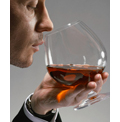 The taste of any drink or food differs from one taster to another so it is difficult to be precise on an interpretation of flavour. However, most people do understand general flavours that they regularly experience. For example, milk, coffee, orange and tea are all daily experiences but defining any one of these flavours is daunting. Perhaps even more so, is the conversion of aroma to taste. For example, we often describe a cognac as oak flavoured. We may have tasted oak-smoked salmon but how do we explain the taste of oak by itself? Much of what we taste can be described by our perception of the aroma but even this can be misleading. Many people are put off drinking gin by the aroma but when tasted, perhaps with tonic, their perception of the taste changes.
The taste of any drink or food differs from one taster to another so it is difficult to be precise on an interpretation of flavour. However, most people do understand general flavours that they regularly experience. For example, milk, coffee, orange and tea are all daily experiences but defining any one of these flavours is daunting. Perhaps even more so, is the conversion of aroma to taste. For example, we often describe a cognac as oak flavoured. We may have tasted oak-smoked salmon but how do we explain the taste of oak by itself? Much of what we taste can be described by our perception of the aroma but even this can be misleading. Many people are put off drinking gin by the aroma but when tasted, perhaps with tonic, their perception of the taste changes.
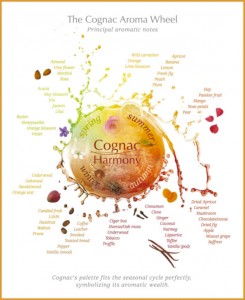 Several years ago the BNIC produced a cognac aroma wheel. It has often been used to help describe flavour but it includes such aromas as wild carnations, oak moss and cigar box. Converting that into taste is complicated so we try and use more familiar tastes. In desperation, however, we have resorted to many continental flavours such as rambutan, mangosteen and kumquats. We also use some old English flavours such as medlar, marrow and thyme. Sometimes, when tasting cognac the flavours will change. This is particularly true of cognacs from the top cru, Grande Champagne. Here we often find nutty, rich fruity flavours which tail off to leave citrus flavours of orange or grapefruit peel. These flavours often mature after many years to provide a much desired ‘rancio’ effect. This is probably best explained as a type of maderisation. It has a slightly musty but rich, pineapple syrup and roasted nut flavour that lasts on the palate.
Several years ago the BNIC produced a cognac aroma wheel. It has often been used to help describe flavour but it includes such aromas as wild carnations, oak moss and cigar box. Converting that into taste is complicated so we try and use more familiar tastes. In desperation, however, we have resorted to many continental flavours such as rambutan, mangosteen and kumquats. We also use some old English flavours such as medlar, marrow and thyme. Sometimes, when tasting cognac the flavours will change. This is particularly true of cognacs from the top cru, Grande Champagne. Here we often find nutty, rich fruity flavours which tail off to leave citrus flavours of orange or grapefruit peel. These flavours often mature after many years to provide a much desired ‘rancio’ effect. This is probably best explained as a type of maderisation. It has a slightly musty but rich, pineapple syrup and roasted nut flavour that lasts on the palate.
If flavours are difficult to describe, some of the jargon used in the professional tasting world can be almost unintelligible. We talk about ‘the nose’ when describing an aroma, ‘a finish’ when considering how the flavour ends in the mouth or ‘a tail’ when we consider how a flavour extends to the finish. The term ‘flatness’ is used when the cognac is largely neutral in flavour and when sugar has been added, it is identified as being ‘sticky’. ‘Oily’ is used to describe water in cognac that hasn’t mixed properly with the spirit and ‘dead’ when all you can taste are the additives.
Many years ago I was asked by a famous cognac author to describe the flavour of a cognac that has ‘gone off’. This describes a cognac where most of the alcohol has evaporated and a watery and mouldy residue is left. After a lot of consideration, I told him that it was rather like drinking water in which you have washed some dirty old leather boots! He laughed like a drain and included it in his last book as another way of accounting for taste. I should add that I have only ever tasted this effect a handful of times in 30 or 40 years of tasting. Should you ever be in doubt about a cognac’s suitability for drinking, do not worry. There is never any doubt about one that has gone off!
Next month we will try and explore as many flavours as possible.
 The big cognac houses are well aware of the similarity of their products so the need to spice up their ranges is always evident. We have seen recently the efforts by some to add a cask finish to their cognacs; sherry casks have already been used by one house. But the latest craze is to try and produce a super XO cognac called XXO. Hennessy, who have the biggest sales of XO cognacs, have already launched an XXO in the Far East. They tried to register it as a Hennessy name thereby denying other houses the opportunity to use the term. Unsurprisingly, other cognac growers were far from happy but after debate, an agreement has been reached allowing anybody to use the term for their super XOs. Apparently, these new XXO cognacs will have to be aged for a minimum of 14 years. This seems a strange period to select since many of the smaller houses make XO cognacs up to 20 years old. It took a quarter of a century to change the XO definition from 6 to 10 years, perhaps it will take another 25 years to officially recognise this new, super appellation? It’s an interesting point since many years ago, Brandyclassics negotiated with Otard to launch a super XXO cognac to the Chinese market. It failed not because we couldn’t use the title, but because the Chinese customer thought it too flashy!
The big cognac houses are well aware of the similarity of their products so the need to spice up their ranges is always evident. We have seen recently the efforts by some to add a cask finish to their cognacs; sherry casks have already been used by one house. But the latest craze is to try and produce a super XO cognac called XXO. Hennessy, who have the biggest sales of XO cognacs, have already launched an XXO in the Far East. They tried to register it as a Hennessy name thereby denying other houses the opportunity to use the term. Unsurprisingly, other cognac growers were far from happy but after debate, an agreement has been reached allowing anybody to use the term for their super XOs. Apparently, these new XXO cognacs will have to be aged for a minimum of 14 years. This seems a strange period to select since many of the smaller houses make XO cognacs up to 20 years old. It took a quarter of a century to change the XO definition from 6 to 10 years, perhaps it will take another 25 years to officially recognise this new, super appellation? It’s an interesting point since many years ago, Brandyclassics negotiated with Otard to launch a super XXO cognac to the Chinese market. It failed not because we couldn’t use the title, but because the Chinese customer thought it too flashy!
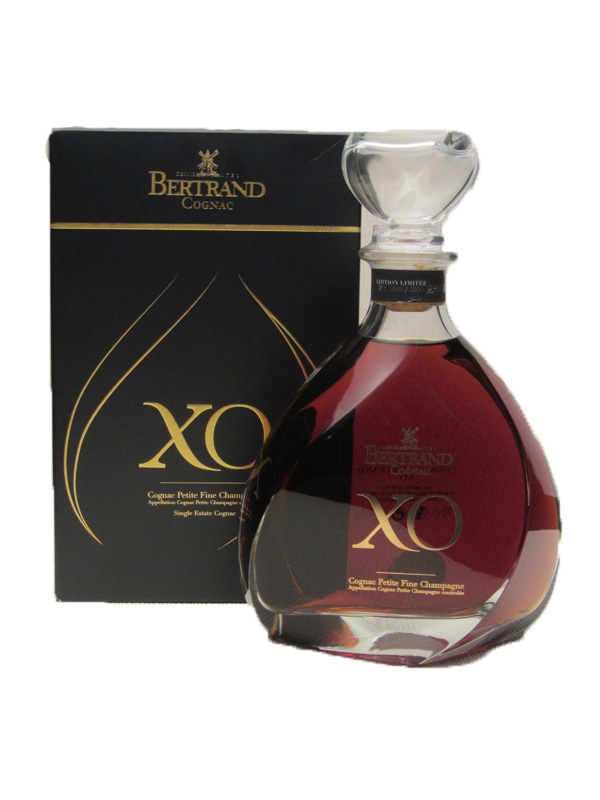
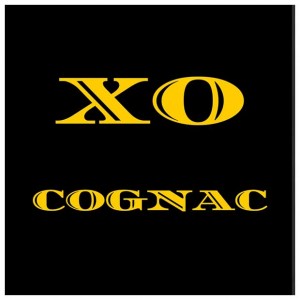 With effect from 1 April 2018 any cognac classified as an XO must have been aged for a minimum of 10 years. This change of XO Definition means that in the case of a blend, which many are, the youngest cognac used must now be at least a decade old. This is a 4 year increase as previously only 6 years of ageing was sufficient for a cognac to qualify. Regulatory body, the BNIC, comments that the change is designed to extend the quality positioning of XO cognacs and align them with market reality (some
With effect from 1 April 2018 any cognac classified as an XO must have been aged for a minimum of 10 years. This change of XO Definition means that in the case of a blend, which many are, the youngest cognac used must now be at least a decade old. This is a 4 year increase as previously only 6 years of ageing was sufficient for a cognac to qualify. Regulatory body, the BNIC, comments that the change is designed to extend the quality positioning of XO cognacs and align them with market reality (some 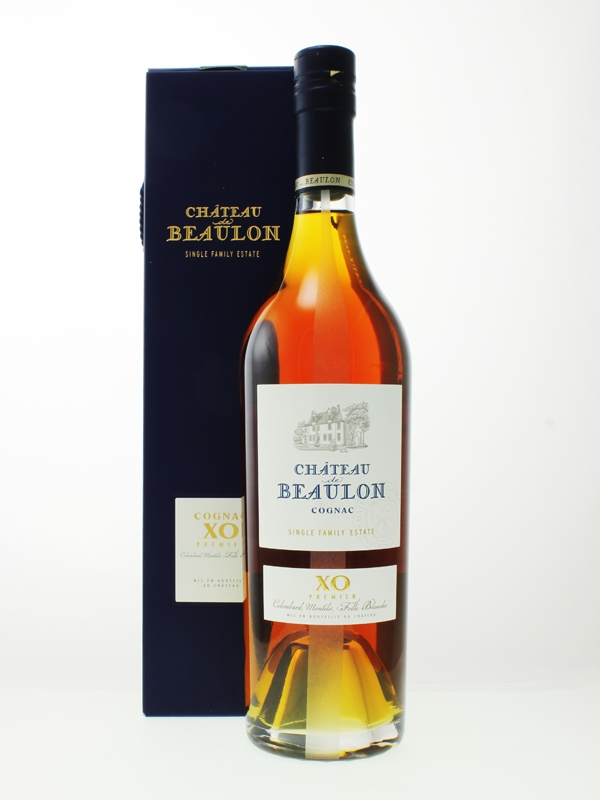
 Armagnacs are the earliest examples of distilled wines known in France. Traditionally they are made using the Folle grape although others, including Colombard, Ugni Blanc and even more recently, the Baco all contribute to its flavour. Initially distillations were on a pot still but by the 19th century the continuous still was more highly favoured. The distillation process of armagnac allows the spirit to be distilled at a much lower alcohol content range than that of its big brother cognac, produced 100 miles to the north. The lower range produces a greater fruitiness (but less refined) flavour in the spirit.
Armagnacs are the earliest examples of distilled wines known in France. Traditionally they are made using the Folle grape although others, including Colombard, Ugni Blanc and even more recently, the Baco all contribute to its flavour. Initially distillations were on a pot still but by the 19th century the continuous still was more highly favoured. The distillation process of armagnac allows the spirit to be distilled at a much lower alcohol content range than that of its big brother cognac, produced 100 miles to the north. The lower range produces a greater fruitiness (but less refined) flavour in the spirit.
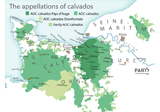 In many ways
In many ways 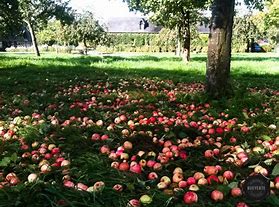 The firm of
The firm of 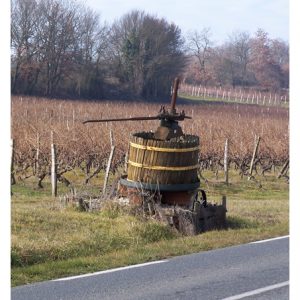 We have often talked about distillation on the Lees but rarely described why we do it or indeed what ‘the lees’ are.
We have often talked about distillation on the Lees but rarely described why we do it or indeed what ‘the lees’ are.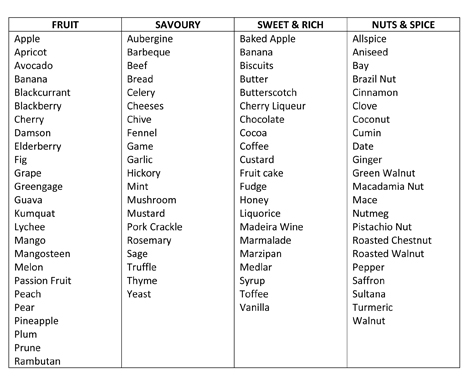
 The taste of any drink or food differs from one taster to another so it is difficult to be precise on an interpretation of flavour. However, most people do understand general flavours that they regularly experience. For example, milk, coffee, orange and tea are all daily experiences but defining any one of these flavours is daunting. Perhaps even more so, is the conversion of aroma to taste. For example, we often describe a
The taste of any drink or food differs from one taster to another so it is difficult to be precise on an interpretation of flavour. However, most people do understand general flavours that they regularly experience. For example, milk, coffee, orange and tea are all daily experiences but defining any one of these flavours is daunting. Perhaps even more so, is the conversion of aroma to taste. For example, we often describe a  Several years ago the
Several years ago the  Today, less than 1% of the
Today, less than 1% of the 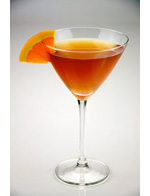 Adding Water or Mixers
Adding Water or Mixers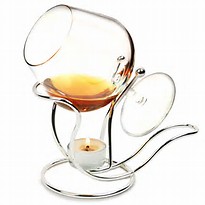 Adding Heat
Adding Heat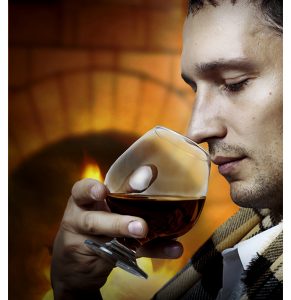 When to Drink?
When to Drink?